Arsenal and Chapel of the Templars, Metz
To the north-east of the Gouvernau Palace is the Arsenal building, built on the instructions of Napoleon III in 1860-1964. Metz was located on the border with a dangerous neighbor-Germany, and its strengthening has always been given great importance. However, this did not save Lorraine from the Kaiser's annexation, and during the second Empire, the building continues to fulfill its old functions, serving as a repository for German weapons. In 1919, the French army again became the owner of the building, and 21 years later Germany annexed Lorraine for the second time. The arsenal regularly performed its function until the liberation of Metz from Hitler's troops.
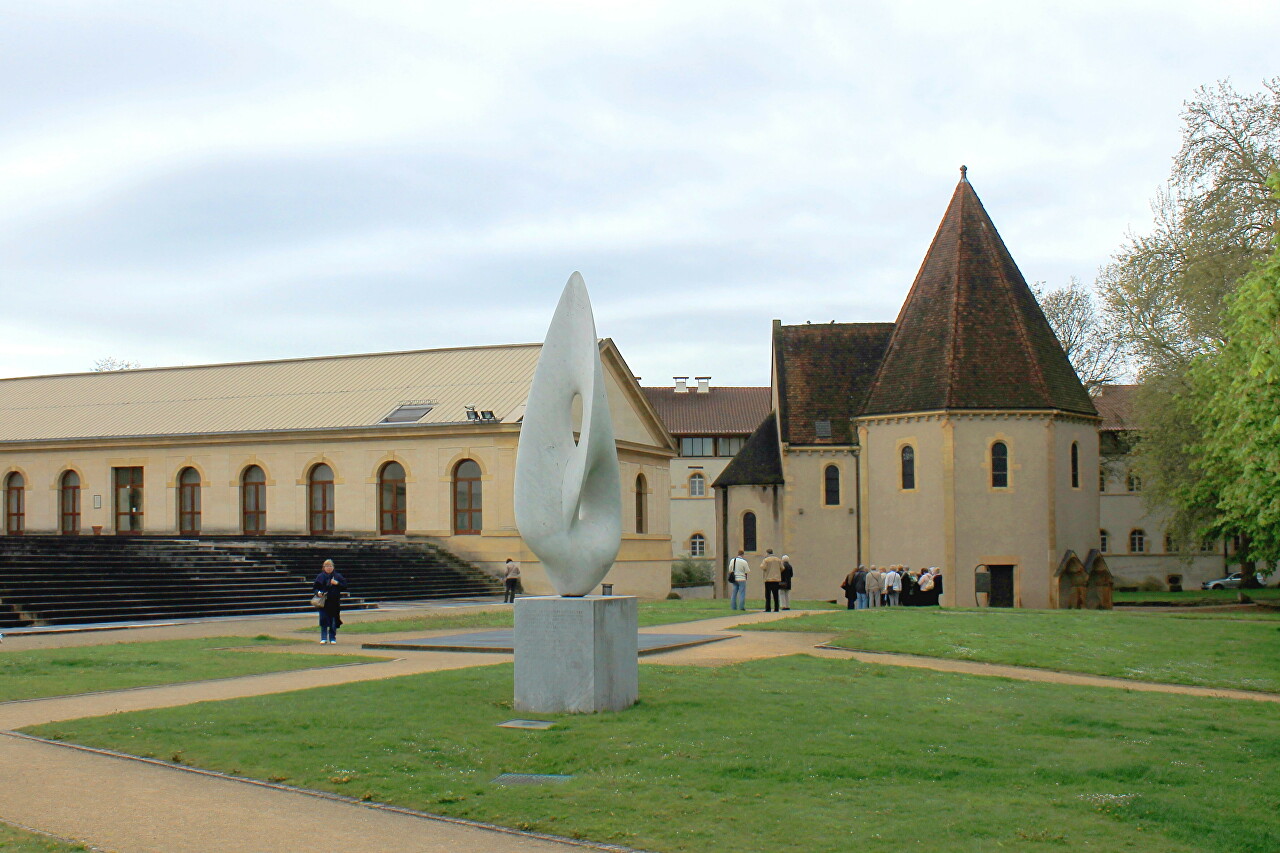
After this building was empty until 1961, when the command decided to transfer it to the city. The civil authorities also could not find a use for the huge building for a long time, finally, in 1978, it was decided to rebuild it into a concert hall. The competition was won by the project of the Spanish architect Ricardo Bofill (Ricardo Bofill), which provides for the demolition of the wing facing the river. Work on the project began in 1985. The walls of the 1,354-seat hall are encrusted with beech and sycamore panels, and 91 acoustic absorbers are mounted on the ceiling, 16 of which can be moved to optimize sound quality. This design provided the room with unique acoustic properties - reverberation lasting 2.3 seconds in the frequency range from 125 Hertz to 4 kilohertz. In 1989, the hall hosted the first concert of the best cellists in the world. The great Russian cellist Mstislav Rostropovich said after the concert: "This hall has a fantastic sound, perfect proportions and an atmosphere that I find exceptional. It is suitable for all types of music." Thanks to the use of computer technologies, the hall is easily adapted for any purpose and is considered one of the best for sound recording. In addition to recording concerts, the soundtrack to the film "Farinelli"was created here.
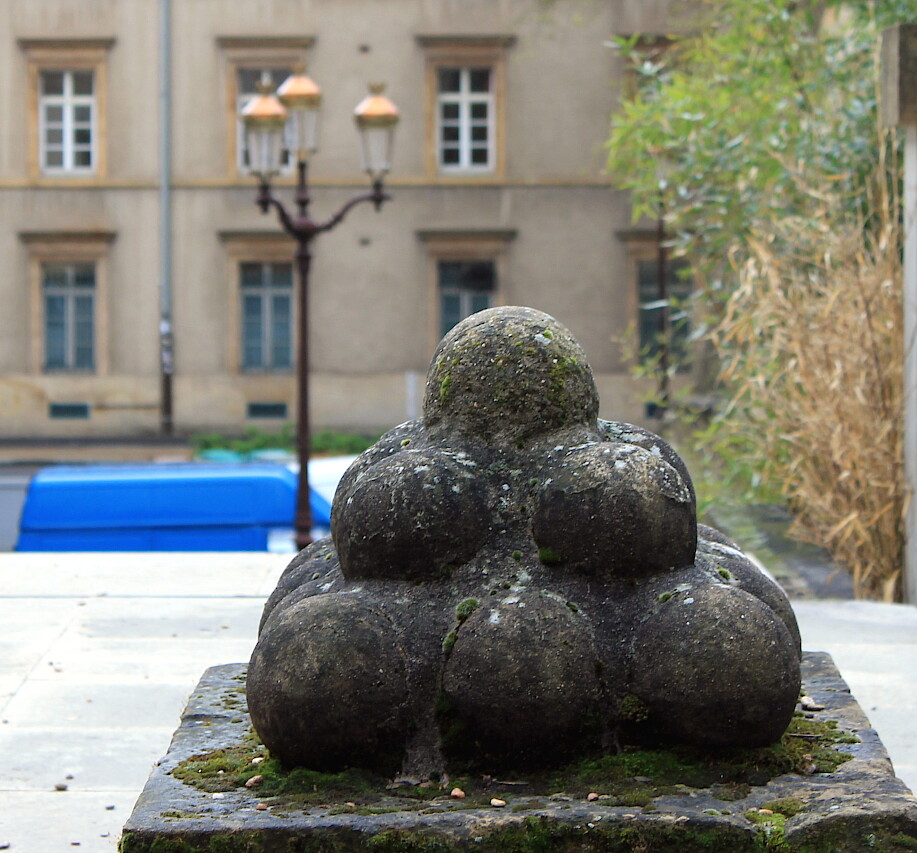
In front of the steps of the Arsenal is the Escalier Square, which means "staircase" in French. In 1999, on the tenth anniversary of the opening of the Arsenal Concert Hall, the La Sentinalie (the Sentinel) monument by sculptor Antoine Poncet was installed here. On the pedestal you can read the following: "In Metz, roads intersect that cross the European continent from north to south and from east to west and bring people together. A united Europe is being built in Metz under the supervision of La Sentinaile."
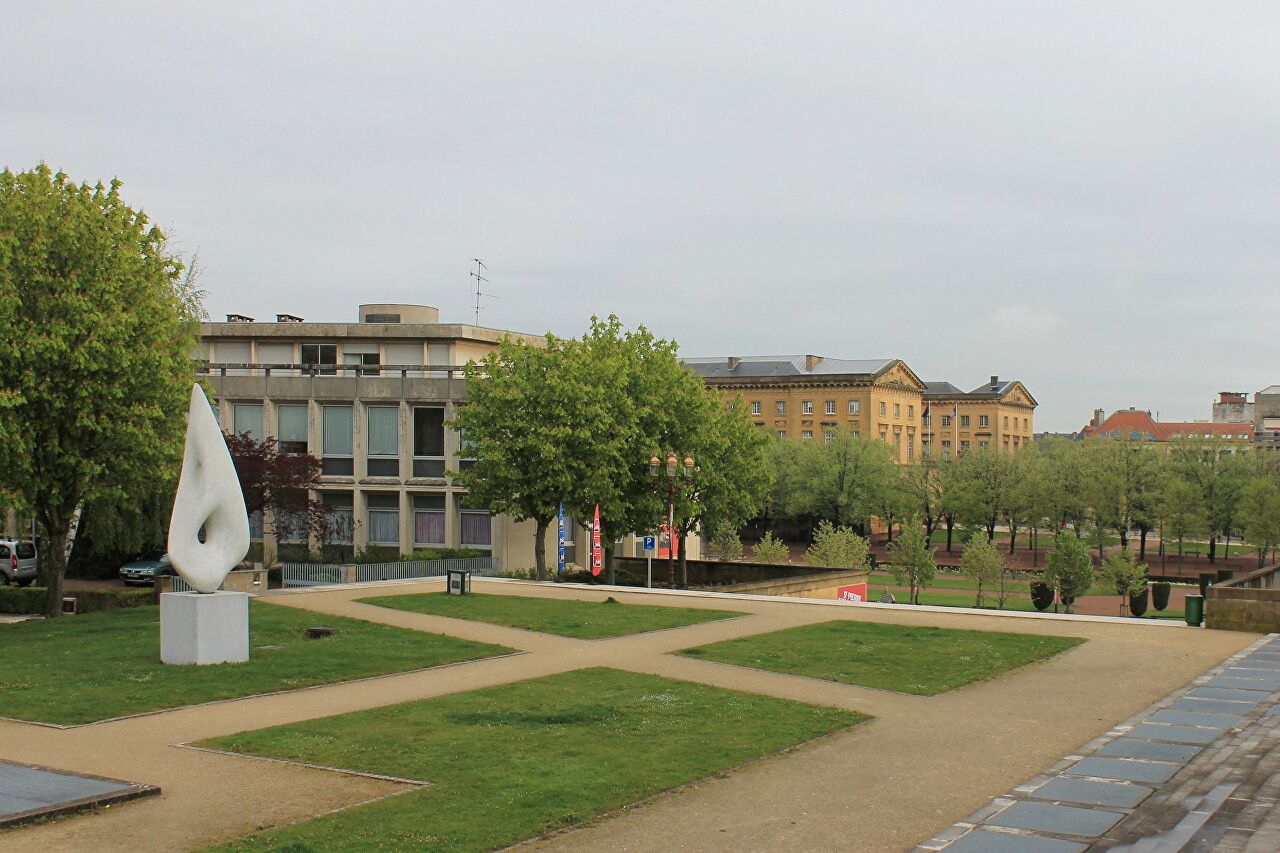
The square is decorated with amazingly beautiful lanterns on cast-iron poles made of copper.
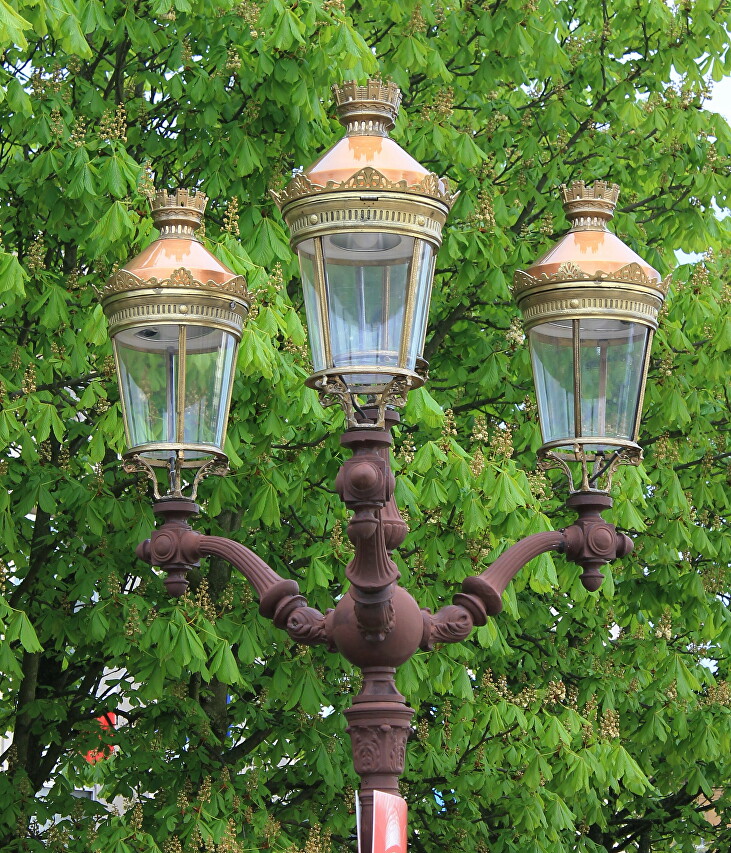
In front of the right wing of the Arsenal is the Templar Chapel (Chapelle des Templiers), the only surviving structure built by knights of this order in the lands of Lorraine. The Templars settled in Metz in 1133, and between 1180 and 1220 they built a church in the form of a rotunda and its shape resembles the Church of the Holy Sepulchre in Jerusalem, which is typical of many Templar churches. The style can be defined as Romanesque, but the rib overlap has Gothic features. This building is the only rotunda in Lorraine. When the persecution of the Templars began, their property went to the Teutons, who tried to destroy any reminders of the glorious order. During the construction of the citadel in 1556, part of the building was demolished, and in the remaining rooms a storage of gunpowder and lead was arranged.
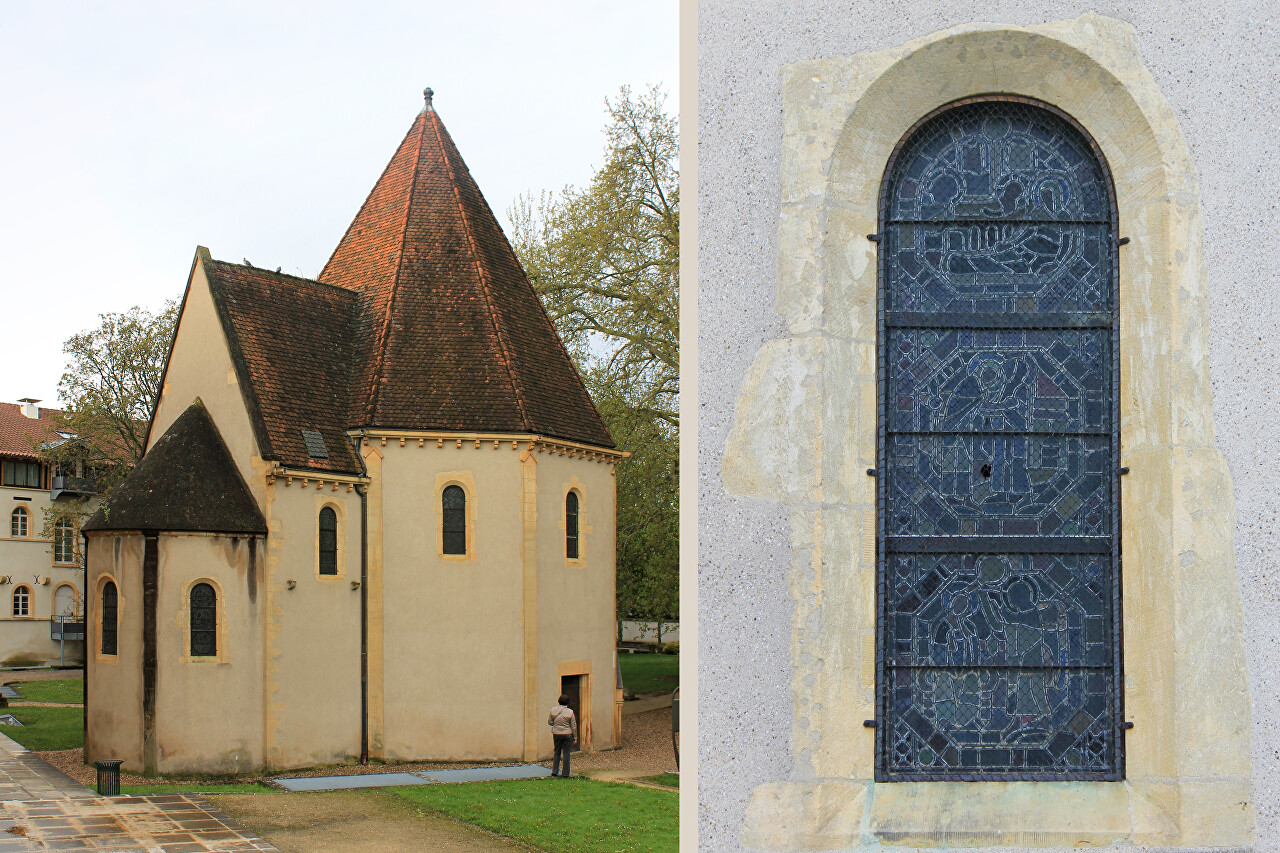
In 1840, the chapel was recognized as a historical monument, but in 1861, during the construction of the arsenal, the chapel again almost fell under demolition, but was preserved thanks to the efforts of Prosper Merimet, who at that time was the chief curator of monuments in France. The building was not only saved from destruction, but also renovated for the first time in several centuries. The chapel belonged to the military until 1905, after which it was placed at the disposal of the city authorities and was renovated in 1908. The next stage of restoration was in 1927, when the interior was put in order. In 1957, the building again passed to the military - served as a garrison chapel. Since 1990, the chapel has served as an exhibition hall.